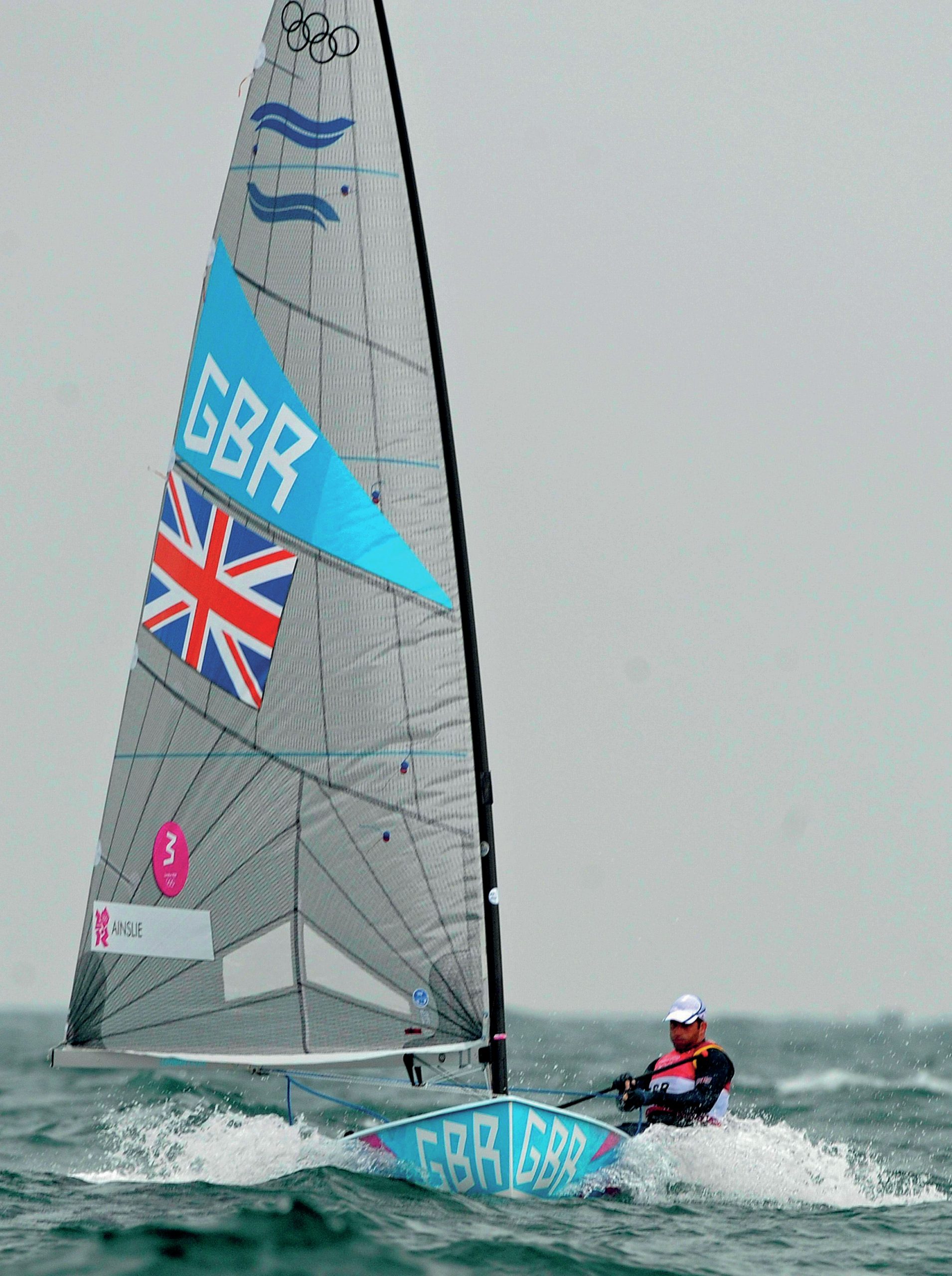
At the London 2012 Olympics, 28% of the British team were educated in fee-paying schools. With 7% of pupils attending independent schools nationally, they were four times more likely to represent Team GB than state school pupils.
An overrepresentation of independent school educated Team GB members existed in previous years too (Figure 1) and the disparity is greater still among medal winners, with 39% coming from independent schools. However, this is not an isolated phenomenon and a similar trend is seen in a number of professions, at universities and in a number of different sports. While this is particularly true in what are seen as ‘posh’ sports — 68% of the 2015 England Rugby World Cup squad were privately educated — other sports are more reflective of society. In the professional football leagues, 94% of players were educated in state schools (Table 1).
Your organisation does not have access to this article.
Sign up today to give your students the edge they need to achieve their best grades with subject expertise
Subscribe




